WCET Survey of Institutional Digital Learning Definitions – Preliminary Report on Key Themes, Insights, and Challenges
WCET Frontiers
OCTOBER 5, 2023
WCET – the WICHE Cooperative for Educational Technologies, gathered information relating to institutional definitions, policies, and procedures relating to digital learning definitions (such as distance, online, hyflex, hybrid, etc.) Does Your Institution Have an Institution-Wide Definition for Each Digital Learning Modality?

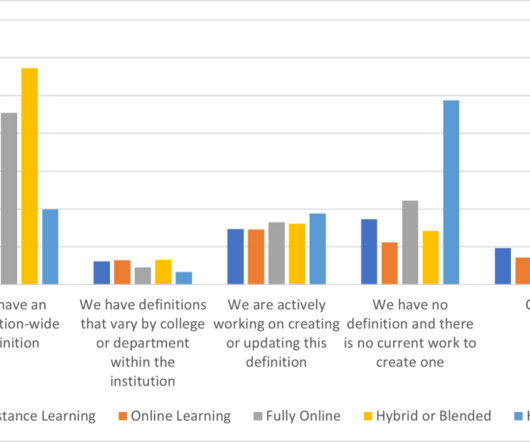

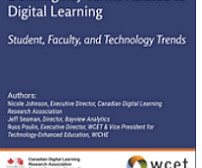

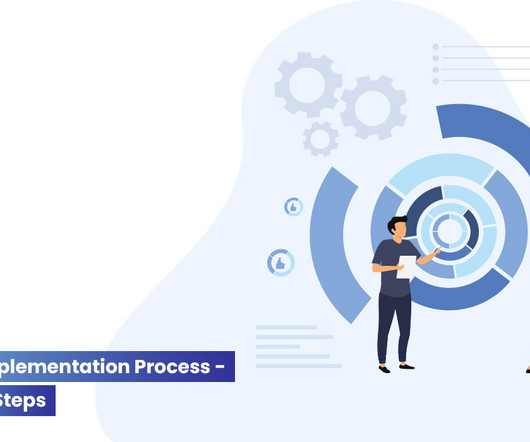

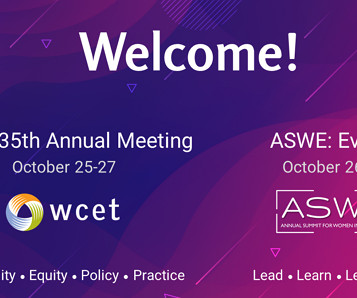


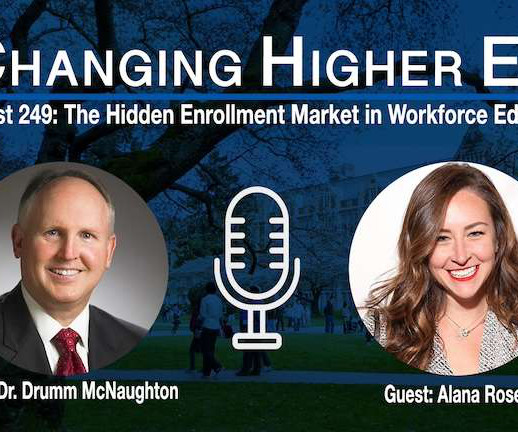
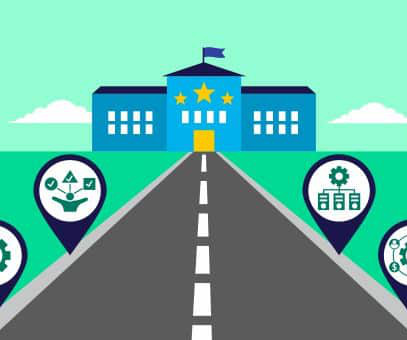






Let's personalize your content